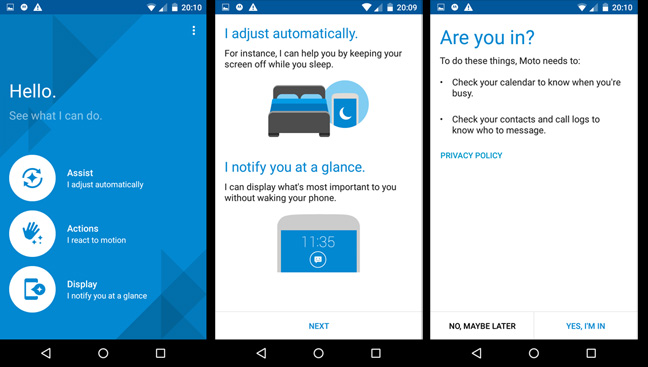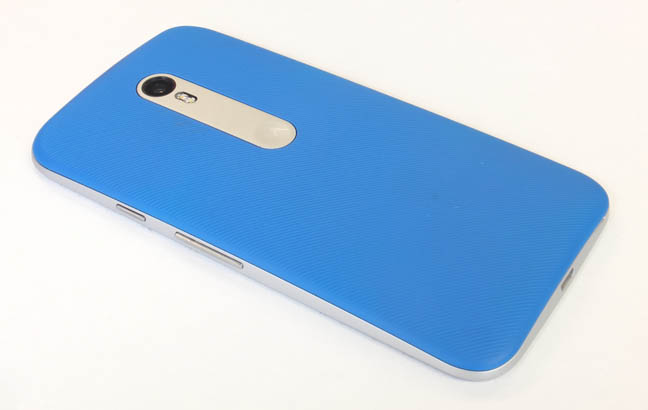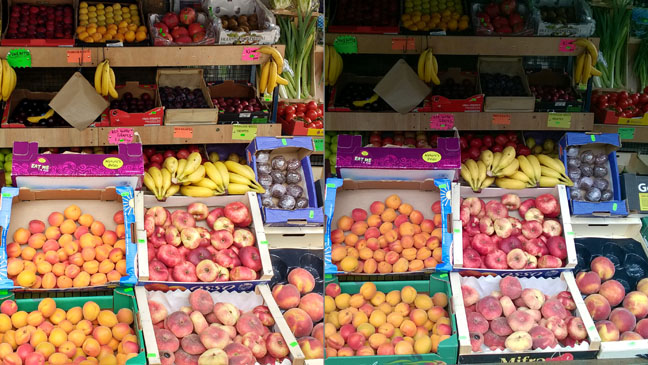This article is more than 1 year old
Testing Motorola's Moto G third-gen mobe: Is it still king of the hill?
Jockeying for position in the mid-range mobe market
No direction home?
More serious, in real day-to-day use, is the omission of a compass chip, since this is a component that helps pedestrian navigation. It's something that doesn’t matter so much in cars or on bikes, as roads and paths tend to be straight and predictable.

It's nice to see Moto retain Assist, the discreet reminder app which can trigger actions based on location time or other triggers.
However, without a compass chip, phones tend to act drunk, no matter how hard they try to compensate using mast triangulation and other tricks, and Maps apps need to allow you to get your bearings fast. It’s also disappointing to see the memory card slot limited to 32GB cards, so you can’t cart around a large music or video collection.
The G now boasts the 13MP sensor from the Nexus 6, but the camera again turned in a mixed bag, although I don’t put too much weight on first efforts. Post-launch software tweaks typically make significant improvements.

Now kitted out with a 13MP shooter. The back are interchangeable to suit your colour preferences
Photos were fine, particularly with a static subject, but many should have been better. It's designed for ease of use rather than quality; to simplify things it's a tap to capture, rather a two stage process of focus then tap.
The 2015 G performed reasonably well in decent light where subjects were still. But blurry subjects marred many images and photos exhibited graininess in lower light. As far as exposure and colour balance was concerned, the Lumias I tried for comparison (830 and 735) trounced the G.
However, the G's larger pixel count did give it the edge regarding definition, but only in good light, as a result indoors without flash wasn't great.

Moto G with HDR (left), Lumia 830 (right). The Moto G shows decent detail captured with little noise: but at the expense of colour fidelity. The Red Delicious apples behind the bananas are over saturated and now look like ripe tomatoes. Click for a larger image
The much cheaper (£119 vs £209) Lumia 640 delivered results as good, or better, and for the same money you can find a Lumia 830 with superb low light imaging, optical image stabilisation for steady videos, and a stunning dynamic range of sound capture.
The G turned in its strongest results with still subject matter and HDR turned on, such as the detail captured impressively in the fruit shots. But HDR skews the colours horribly, whether it's fruit or faces.
